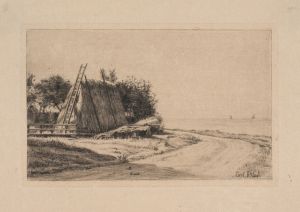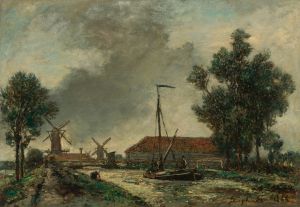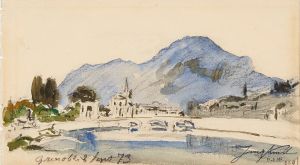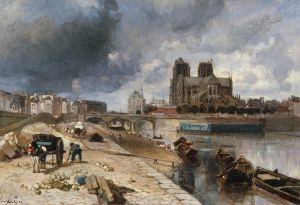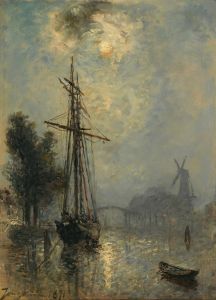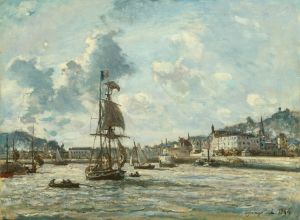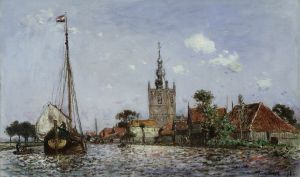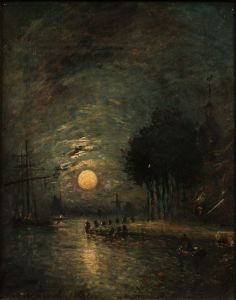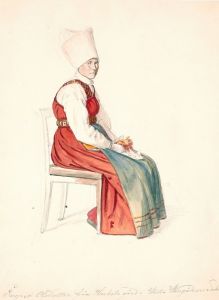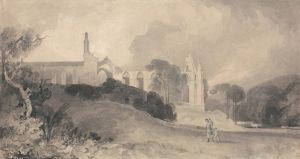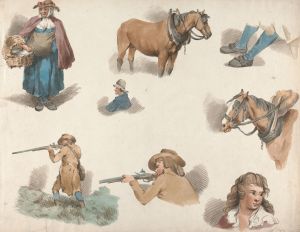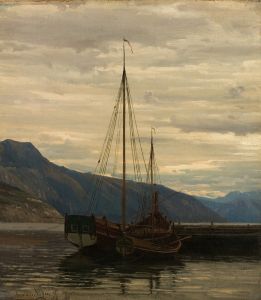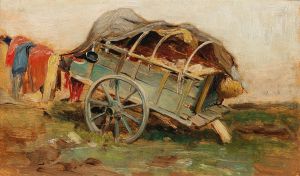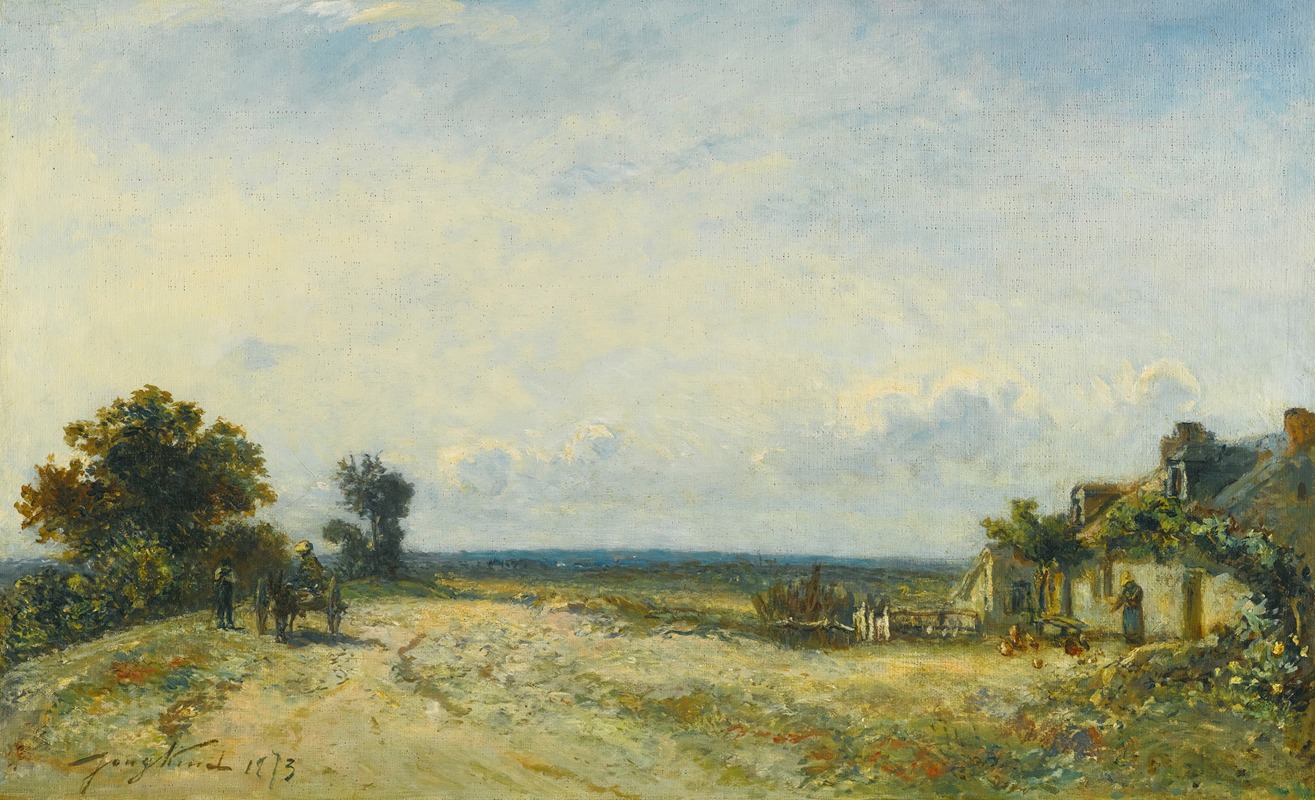
La Campagne Nivernaise
A hand-painted replica of Johan Barthold Jongkind’s masterpiece La Campagne Nivernaise, meticulously crafted by professional artists to capture the true essence of the original. Each piece is created with museum-quality canvas and rare mineral pigments, carefully painted by experienced artists with delicate brushstrokes and rich, layered colors to perfectly recreate the texture of the original artwork. Unlike machine-printed reproductions, this hand-painted version brings the painting to life, infused with the artist’s emotions and skill in every stroke. Whether for personal collection or home decoration, it instantly elevates the artistic atmosphere of any space.
Johan Barthold Jongkind was a Dutch painter known for his significant contributions to the development of Impressionism. Born on June 3, 1819, in Lattrop, Netherlands, Jongkind spent much of his career in France, where he became associated with the Barbizon School and later influenced the Impressionist movement. His work is characterized by its innovative use of light and color, capturing the transient effects of atmosphere and weather.
"La Campagne Nivernaise" is one of Jongkind's notable works, painted in 1866. The painting depicts a rural landscape in the Nièvre region of central France, an area known for its picturesque countryside and agricultural heritage. Jongkind's choice of this setting reflects his interest in capturing the serene beauty of the French landscape, a theme prevalent in his body of work.
In "La Campagne Nivernaise," Jongkind employs his signature style, which combines elements of realism with a loose, expressive brushwork that foreshadows the Impressionist movement. The painting features a harmonious composition, with a focus on the play of light across the landscape. Jongkind's use of color is particularly noteworthy; he employs a palette of soft greens, blues, and earth tones to convey the tranquil atmosphere of the countryside.
The painting captures a moment of calm, with fields stretching into the distance under a vast sky. Jongkind's attention to detail is evident in the way he renders the textures of the landscape, from the gentle undulations of the fields to the delicate foliage of the trees. The sky, a significant element in many of Jongkind's works, is depicted with a sense of movement and dynamism, suggesting changing weather conditions and the passage of time.
Jongkind's approach to landscape painting was innovative for his time. He often painted en plein air, or outdoors, to capture the natural light and atmosphere of his subjects. This technique allowed him to observe and depict the subtle variations in color and light that occur in nature. His work had a profound influence on younger artists, including Claude Monet, who regarded Jongkind as a mentor and a pivotal figure in the transition from traditional landscape painting to Impressionism.
"La Campagne Nivernaise" exemplifies Jongkind's ability to convey mood and emotion through his landscapes. The painting's serene and contemplative quality invites viewers to experience the quiet beauty of the French countryside. Jongkind's skillful manipulation of light and color creates a sense of depth and space, drawing the viewer into the scene.
Throughout his career, Jongkind remained committed to exploring the effects of light and atmosphere in his work. His contributions to the development of modern landscape painting are widely recognized, and his influence can be seen in the works of many Impressionist painters who followed in his footsteps. "La Campagne Nivernaise" stands as a testament to Jongkind's artistic vision and his enduring legacy in the history of art.





